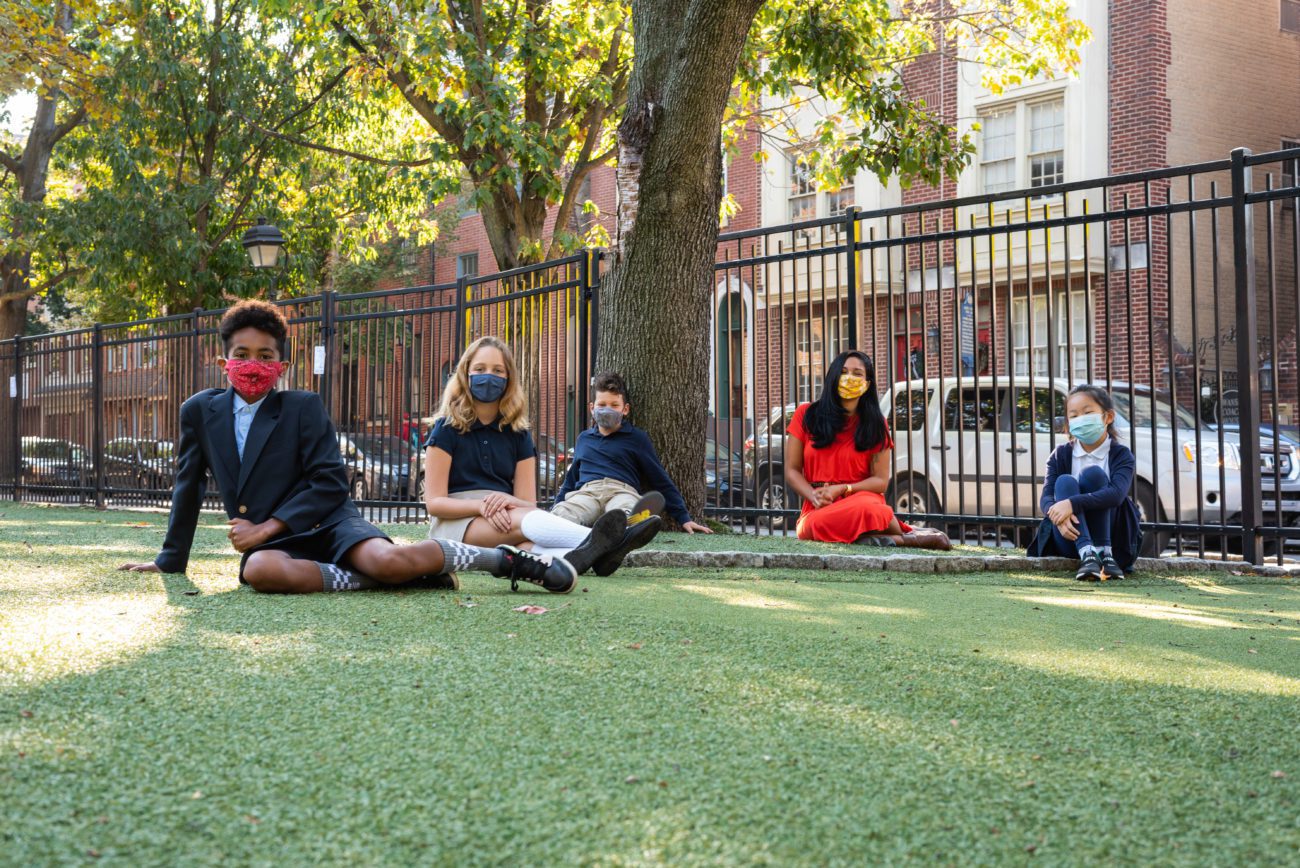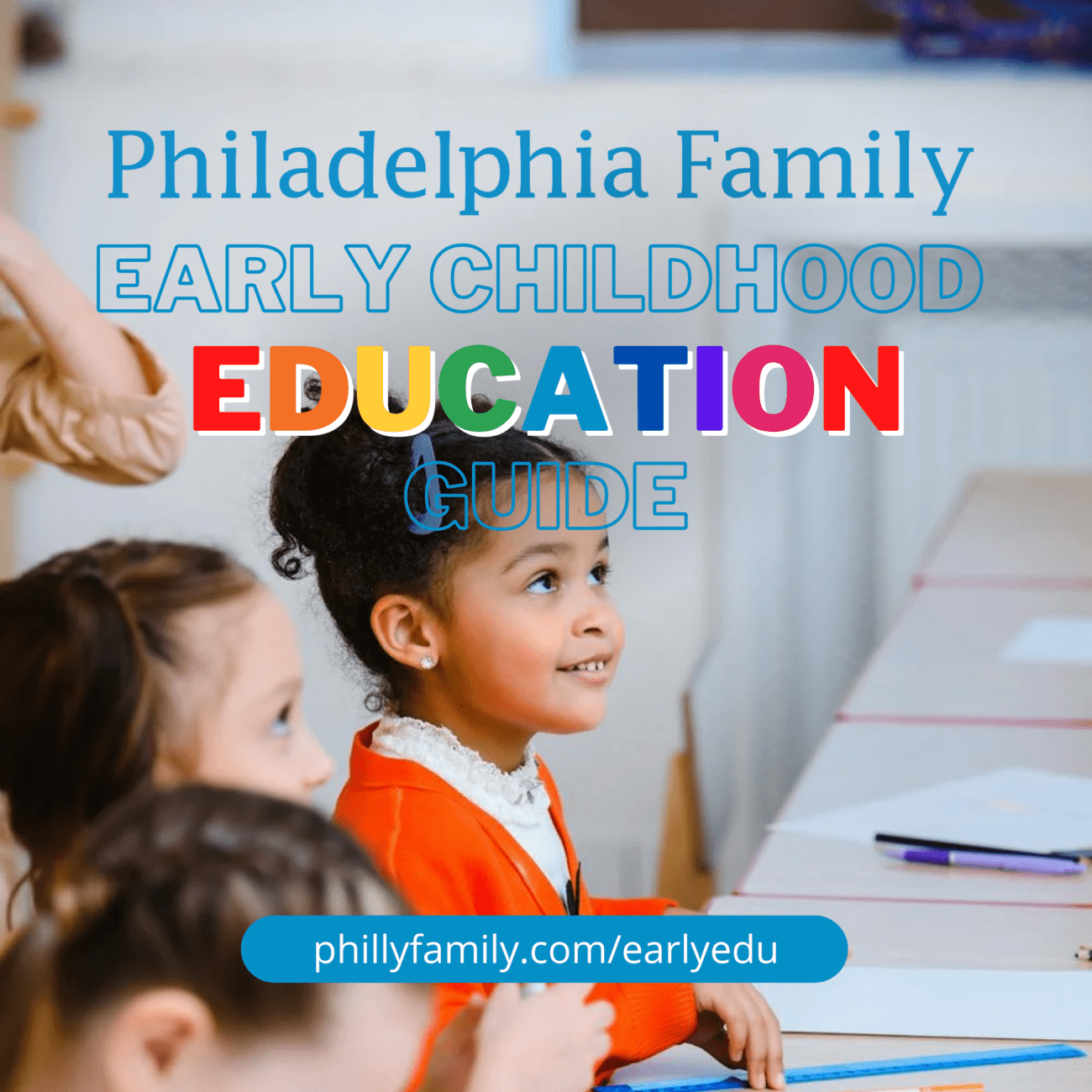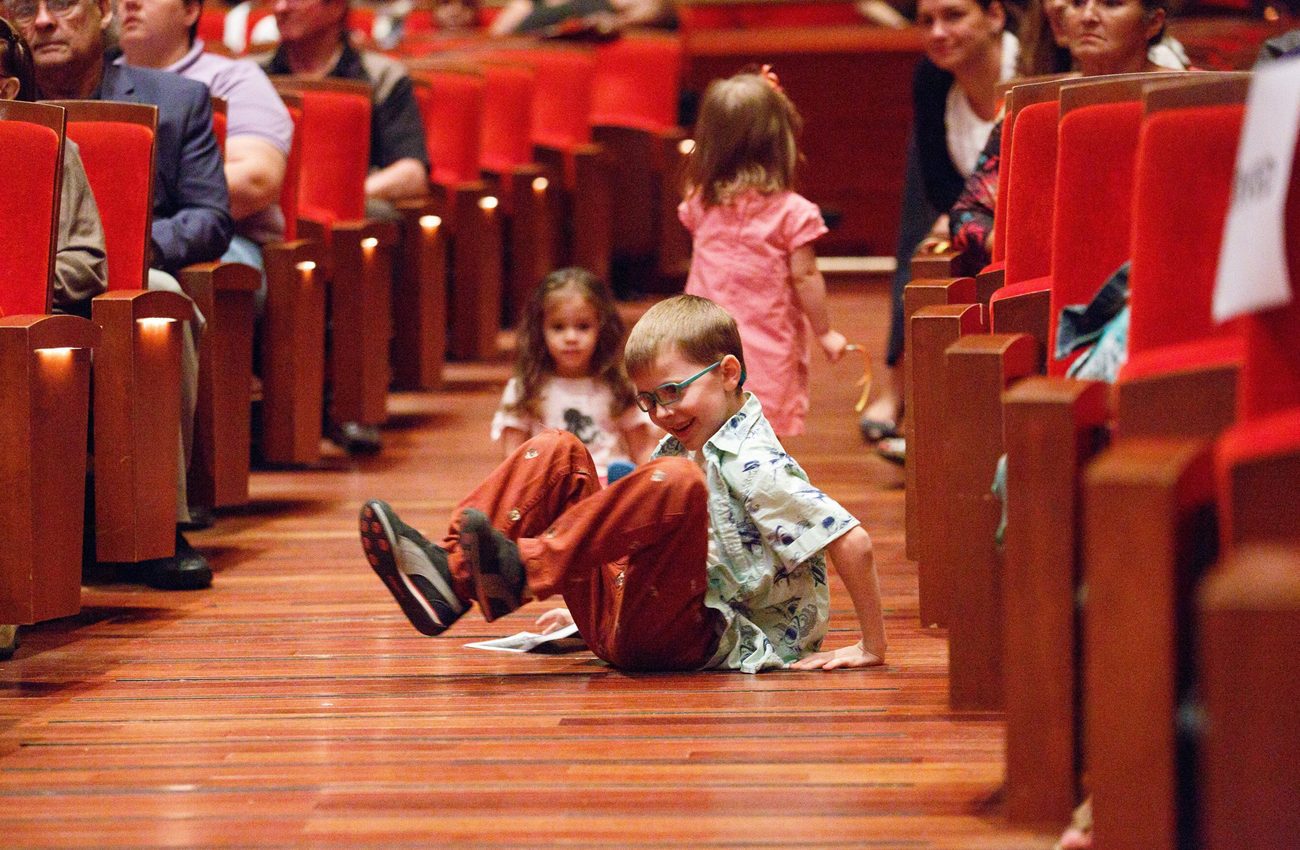Building Character and Community at St. Peter’s School
As students and teachers navigate an unprecedented school year together, St. Peter’s School’s new initiatives build resilience, equity, and community.

The beginning of this school year has been intense, to say the least. Would school be in person or virtual? Did the students fall behind over the last six months? While these questions have been universal, St. Peter’s School—a community-focused independent school in Society Hill that spans preschool through eighth grade—started with a more basic consideration: are the kids alright?
“They need time, space, and empathy; and we need to be open to the traumas they may have experienced,” Kate Childs, St. Peter’s School Director of Wellness and Equity, says. “Covid is trauma in itself, but the other piece of that is that we live in Philadelphia, and a lot of our kids saw and heard the demonstrations around George Floyd’s murder, and their understanding of racial injustice is new to them. They have a lot of questions.”
While there may be the instinct for kids to jump back into learning quickly to catch up on missed time in school, a strong focus as students return to school this fall is on social and emotional wellbeing. “Every kid is going to need something different coming in, and every kid has their own strengths and challenges. One kid might have been totally fine with virtual learning, but some kids needed more,” Childs says. “They’re not going to be able to learn if they’re not emotionally ok.”
In researching trauma and adverse childhood experiences, Childs notes that “one major factor for resilience is having someone you connect with.” So, St. Peter’s School is using “Character Strong”, a curriculum designed to give teachers and students a more consistent and safe space to work through emotions, tough questions, and grow together. It is “discourse on a more intentional level.”

Part of St. Peter’s School’s mission statement is to encourage students to become committed citizens of their communities. Part of the school year includes Martin Luther King Day service projects and even an uplifting Children’s March through the neighborhood, with kids chanting “Peace and Love” as they walk to Headhouse Square. “But what we noticed was that kids had questions about why we did these things,” Childs explained. “Why segregation occurred, the connection between slavery and civil rights. We wanted something that would give us the language and the dialogue.”
At the same time, a cultural shift from “colorblindness” to anti-racism has meant shifting the goal from diversity to equity—making sure that all members of the community feel safe, supported, and like they belong.
This year, the Racial Literacy program will be integrated into the curriculum in an initiative that has been years in the making, but takes on more potency and immediacy in the current climate, and expanding on many of the questions students had already been asking, both at home and at school. To that end, providing parents the toolkit to continue these discussions is another piece of the puzzle.
Part of the challenge was how to introduce these issues in an age-appropriate way beginning in Early Childhood. “There’s a lot of stuff for high school but not for smaller kids,” Childs noted. St. Peter’s School is using Pollyanna’s Racial Literacy Curriculum, which she learned of at the National Association of Independent Schools’ People of Color Conference. She worked with faculty and staff to provide the language, dialogue, and topics of discussion to integrate the program into their curriculum.
For the smallest at St. Peter’s School, this means a simple focus on empathy, kindness, and celebrating differences in themselves and others. As students grow and learn, the tenets get deeper, leading up to topics of activism and inequality. “As the creator of the curriculum, Monique Vogelsang says, ‘we want to teach our children to think, not what to think,’” she explains. Rather than inject opinion, the goal is to educate students and give them the tools based on facts and perspectives to form their own opinions from an educated place. This includes looking at existing policies, effects on different communities, and also looking within for implicit biases formed by experience.
This is true not just within classrooms, but amongst faculty. “There’s power in knowing a lot of different experiences and learning from each other. Some people are more comfortable than others, but the more we know about ourselves and the more we are willing to share and open up, the deeper connections we will have with our students,” Childs says.
“We have so many opportunities here to grow and be amazing.”
Photographs by John Cruice Photography. St. Peter’s School supports the Philly Family Community.





